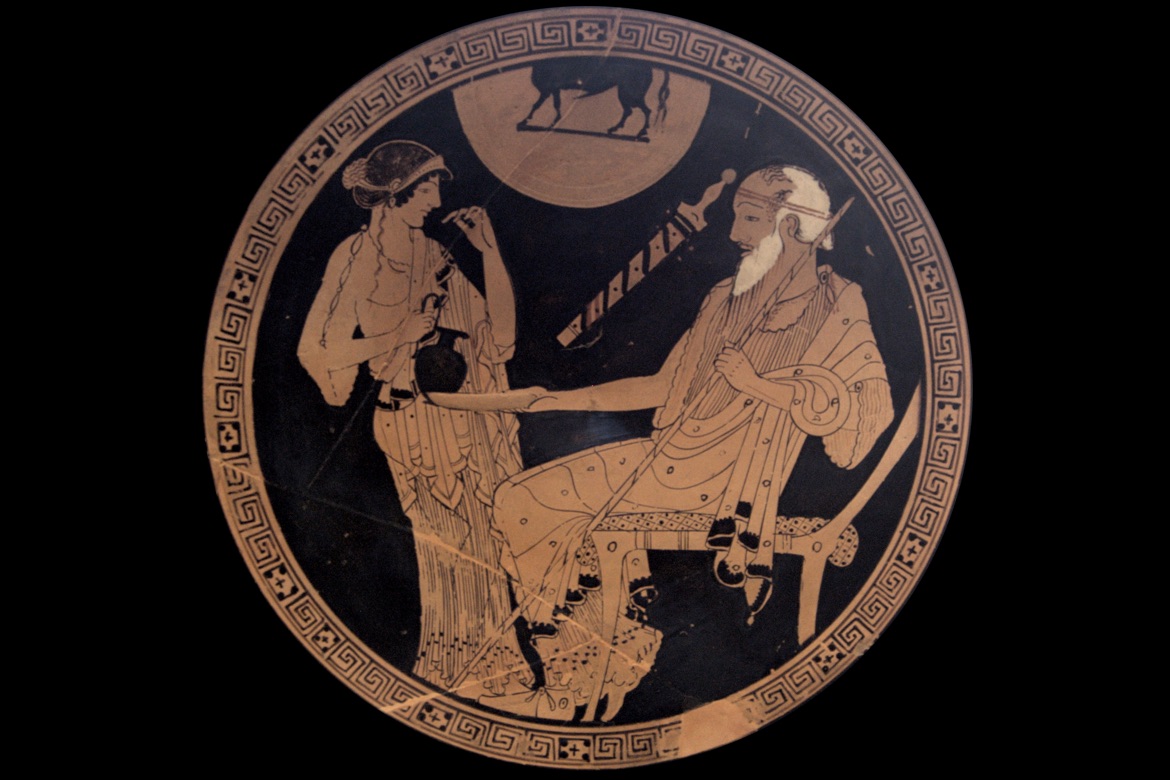Italian chefs and historians have cried foul at the longstanding belief that the country’s staple dish came from China.
For generations, schoolchildren in Italy have been taught that a great Italian explorer named Marco Polo brought back the long strands of starch during his travels in China in the 1200s, forever embedding into Italian cuisine.
Not so fast, say several Italian chefs and historians, who provide evidence that pasta was already a staple in Mediterranean cuisine for more than a thousand years before Marco Polo’s travels, flourishing in Ancient Greek cuisine and eventually making its way to the Romans thanks to the Greeks who colonized the Italian peninsula.
Giorgio Franchetti, a food historian and scholar of ancient Roman history, is the author of a book, Dining With the Ancient Romans, which was recently translated into English. He roundly dismisses the Marco Polo theory about the origins of pasta.
“It’s pure nonsense,” says Giorgio Franchetti. “The noodles that Marco Polo maybe brought back with him at the end of the 1200s from China were essentially made with rice and based on a different, oriental culinary tradition that has nothing to do with ours.”
His book’s recipes are based on texts, including some from the Roman soldier and historian Cato the Elder, that clearly describe food preparation and the quantities required. The recipes also draw on documents and food culture artifacts recovered in the area around Mount Vesuvius on the Gulf of Naples, a region heavily populated by native Greeks who colonized the regions of the southern Italian peninsula and probably brought with them their culinary traditions.
Anna Maria Pellegrino, a food historian and a member of the Italian Academy of Cuisine, concurs with Franchetti. “Noodles are one thing, pasta another food altogether,” Pellegrino says.
“They reflect two separate culinary cultures and identities that have developed in parallel, the only conjunction being the need for nourishment and, above all, to share around the same table feelings and everyday life events. The way they are cooked, the pots, the types of cereals used, the preparation, ingredients and toppings are completely different and specific to each civilization. There’s no direct link between the Asian and the Italian or Mediterranean ways of mixing cereals with water to create noodles or pasta,” she says.
Historical texts and works by classical poets help to date the first type of primeval pasta to the time of the Ancient Greeks.
“Between 1000 BC and 800 BC, the Greeks first mentioned the existence of laganon (not to be confused with Lagana bread), a flat pasta sheet sliced into irregular strips that was later adopted by the Ancient Romans with the plural name of laganae,” Franchetti says in his book.

Laganae pasta still exists in Italian cuisine, today.
According to The Pasta Project, it may differ in size depending on the area, but is usually thicker and wider than tagliatelle but narrower than lasagna. Laganae are particularly popular in the Southern regions of Campania, Basilicata, Calabria and Puglia, where they are traditionally served in soups or pasta dishes with the excellent legumes grown in abundance in these regions, especially chickpeas. However, in Puglia, particularly Salento, they are also sometimes fried in boiling oil until they become swollen and crunchy.
Is The Pappas Post worth $5 a month for all of the content you read? On any given month, we publish dozens of articles that educate, inform, entertain, inspire and enrich thousands who read The Pappas Post. I’m asking those who frequent the site to chip in and help keep the quality of our content high — and free. Click here and start your monthly or annual support today. If you choose to pay (a) $5/month or more or (b) $50/year or more then you will be able to browse our site completely ad-free!

Click here if you would like to subscribe to The Pappas Post Weekly News Update
